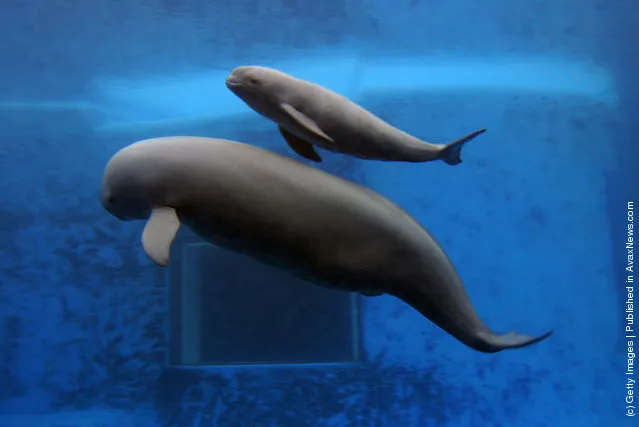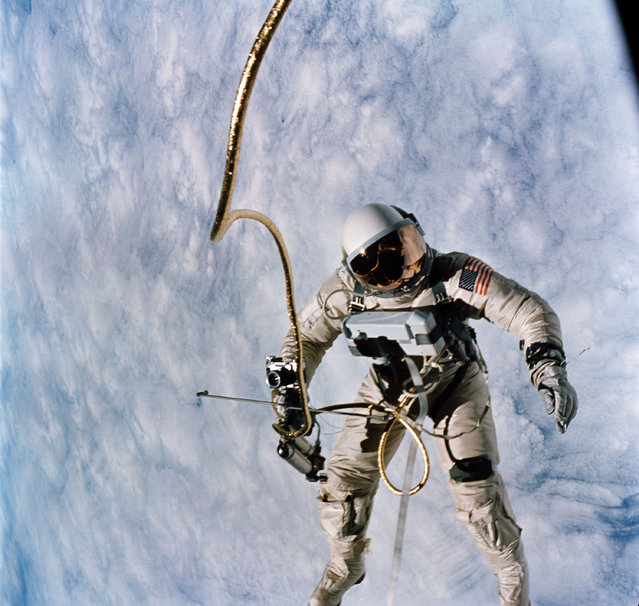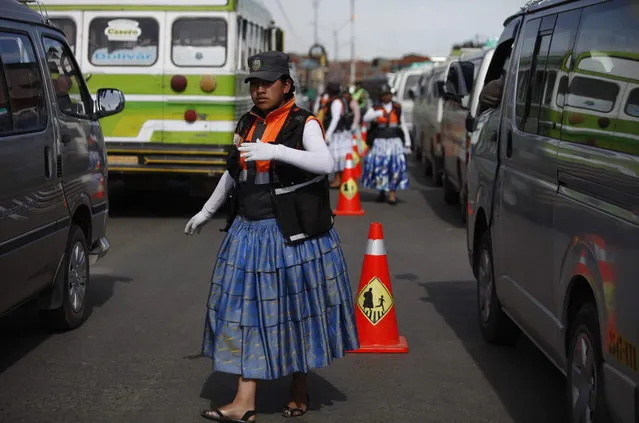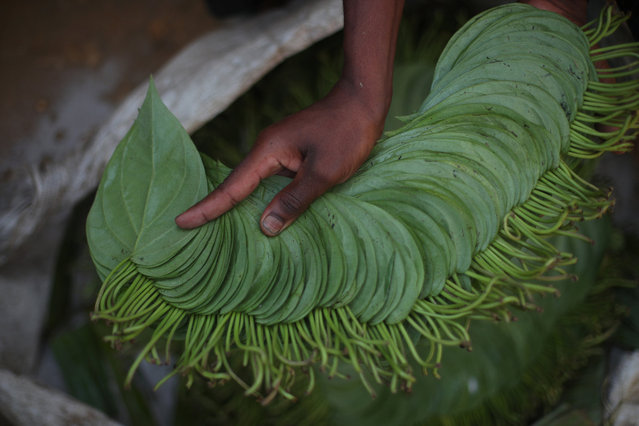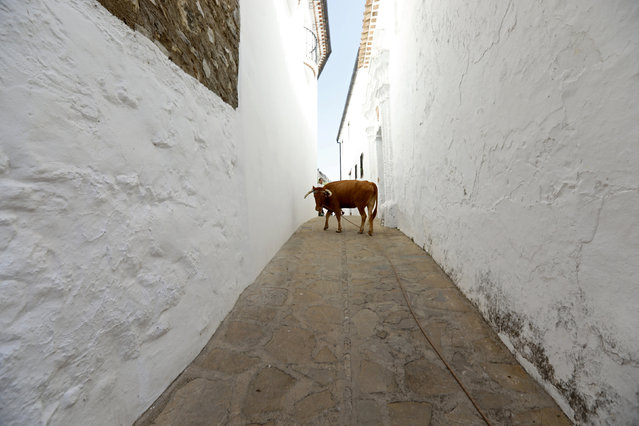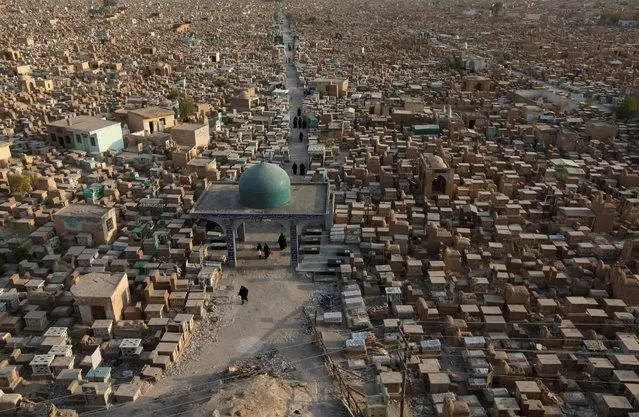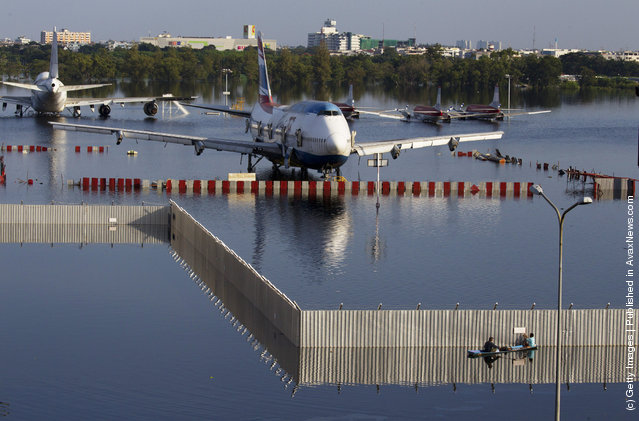
A boat paddles behind a fence near a plane sitting on the flooded tarmack of the closed Don Muang airport November 3, 2011 in Bangkok,Thailand. The airport was used as a domestic terminal and was formerly the International airport. Thailand is experiencing the worst flooding in over 50 years and has affected more than nine million people. Over 400 people have died in flood-related incidents since late July according to the Department of Disaster Prevention and Mitigation. (Photo by Paula Bronstein/Getty Images)
06 Nov 2011 10:27:00,post received
0 comments

